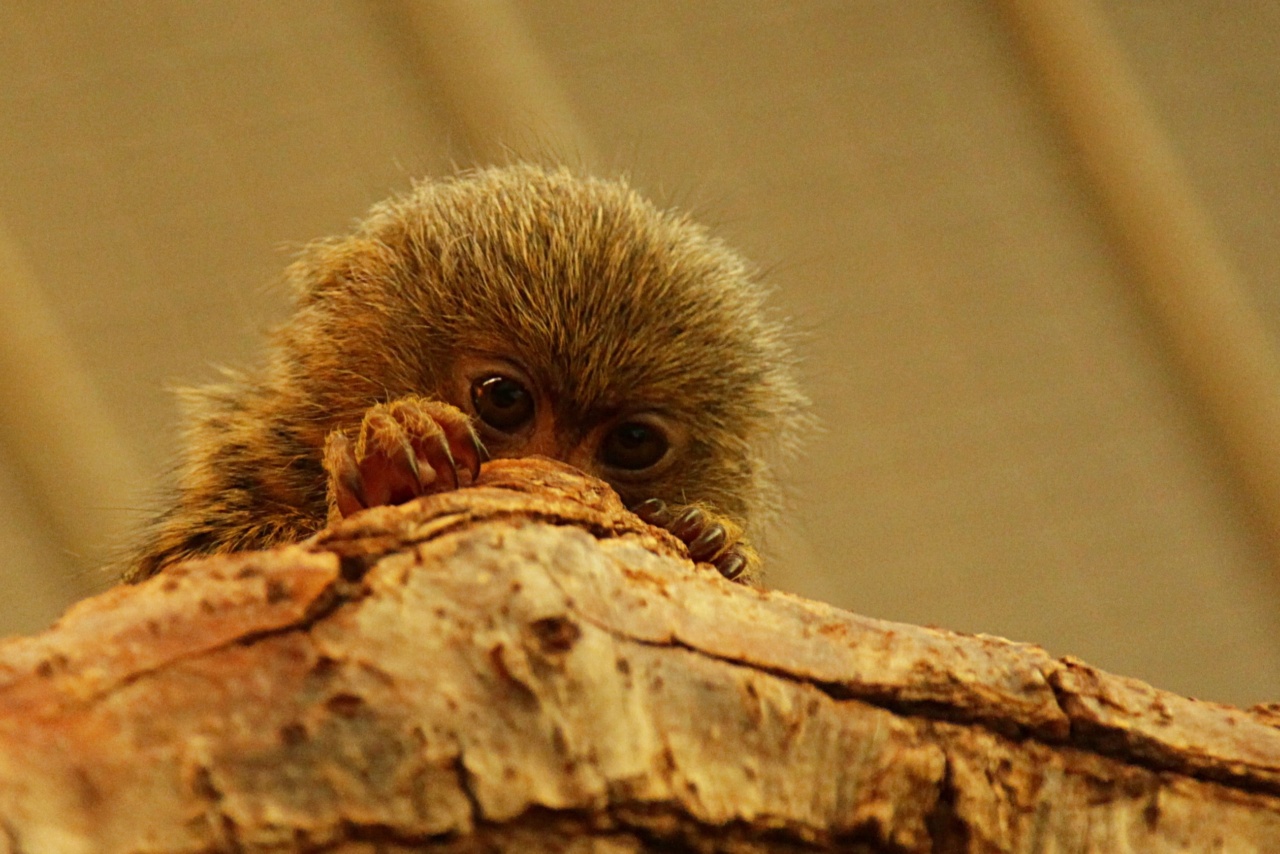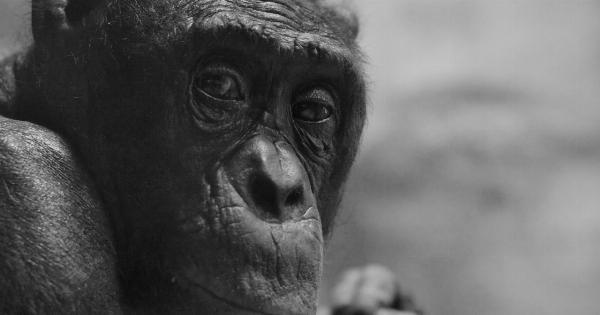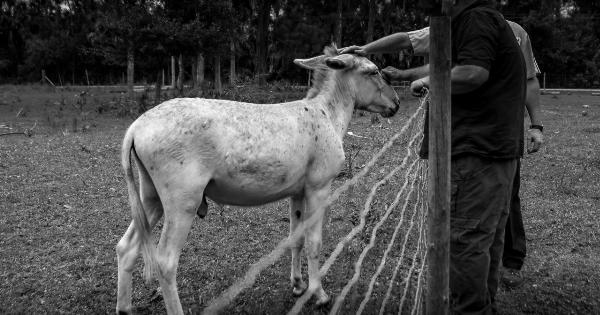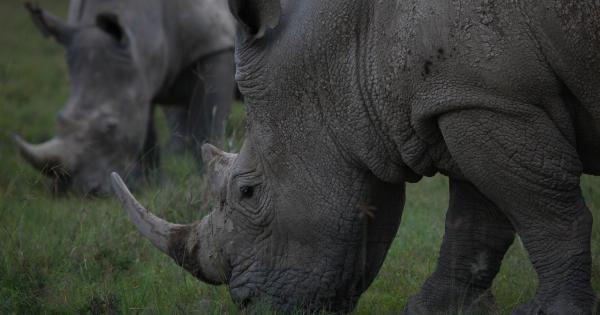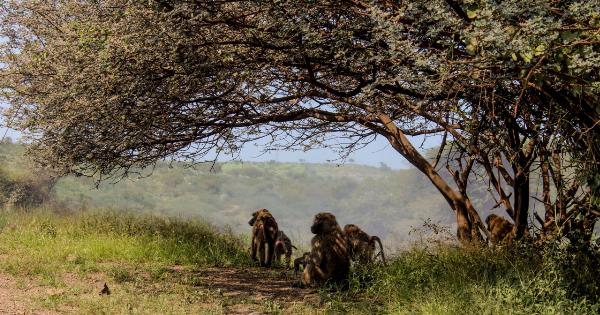Monkey pointing, also known as animal pointing, is the act of having wild animals like monkeys mimic human behavior such as pointing, waving, or clapping in exchange for food or other forms of human attention.
This activity has become a popular attraction in many tourist destinations, especially in developing countries such as India and Thailand.
The Attraction of Monkey Pointing
Most tourists who engage in monkey pointing do not do so with any malicious intent. Rather, they are often enticed by the novelty of such behavior and the chance to witness animals seemingly performing human actions in exchange for a snack or two.
However, experts warn that this seemingly harmless interaction can be dangerous for both the animal and the human. The practice of monkey pointing can lead to a series of environmental issues including:.
- Alteration of social structures of monkey communities
- Increase in risk of injuries or accidents
- Spread of diseases and infections
- Alteration of feeding and foraging habits of monkeys leading to malnutrition and starvation
Social Structures and Natural Behaviors of Monkeys
Monkeys are highly social animals. They live in groups and have a clearly defined social hierarchy.
The social structure and natural behaviors of monkeys are disrupted when humans enter their habitat and interact with them in ways that are not natural to their behavior. This can lead to aggression towards humans and other monkeys, as well as inter-group violence.
Furthermore, when humans and monkeys interact, it can cause the animals to become too comfortable around humans. This can lead to loss of natural instincts such as foraging and hunting, making the animals dependent on humans for food.
Over time, this dependency can lead to malnutrition and starvation, as the animals become more reliant on humans for their sustenance.
Risk of Injuries and Accidents
When wild animals such as monkeys become too comfortable around humans, they may take risks that can lead to accidents and injuries.
For example, if a monkey becomes too confident with humans, it may try to enter cars or buildings, leading to accidents that can harm both the animal and the human.
Additionally, monkeys can become aggressive if they feel threatened or territorial. This aggression can lead to bites, scratches, or even attacks on humans.
Spread of Diseases and Infections
Interacting with wild animals can also lead to the spread of diseases and infections. Monkeys and other wild animals can carry diseases such as rabies, herpes B, and tuberculosis, which can be transmitted to humans through bites or scratches.
In crowded tourist areas where monkey pointing is popular, there is also the risk of diseases and infections being spread through shared food and water sources.
Alternatives to Monkey Pointing
There are many ways to enjoy wildlife without engaging in monkey pointing. Here are a few examples:.
- Observing animals in their natural habitats
- Taking a guided nature walk or safari
- Visiting sanctuaries and wildlife rehabilitation centers
- Supporting conservation efforts and environmental organizations
By respecting the natural behaviors and habitats of wild animals, we can support their well-being and contribute to their survival for generations to come.
The Bottom Line
Interacting with wild animals in ways that are not natural to their behavior can lead to a series of environmental issues including alteration of social structures, increased risk of injuries or accidents, spread of diseases and infections, and alteration of feeding and foraging habits leading to malnutrition and even starvation.
To truly appreciate wildlife, it is important to observe them in their natural habitats rather than subjecting them to human interactions that can harm and disturb their natural behavior.
